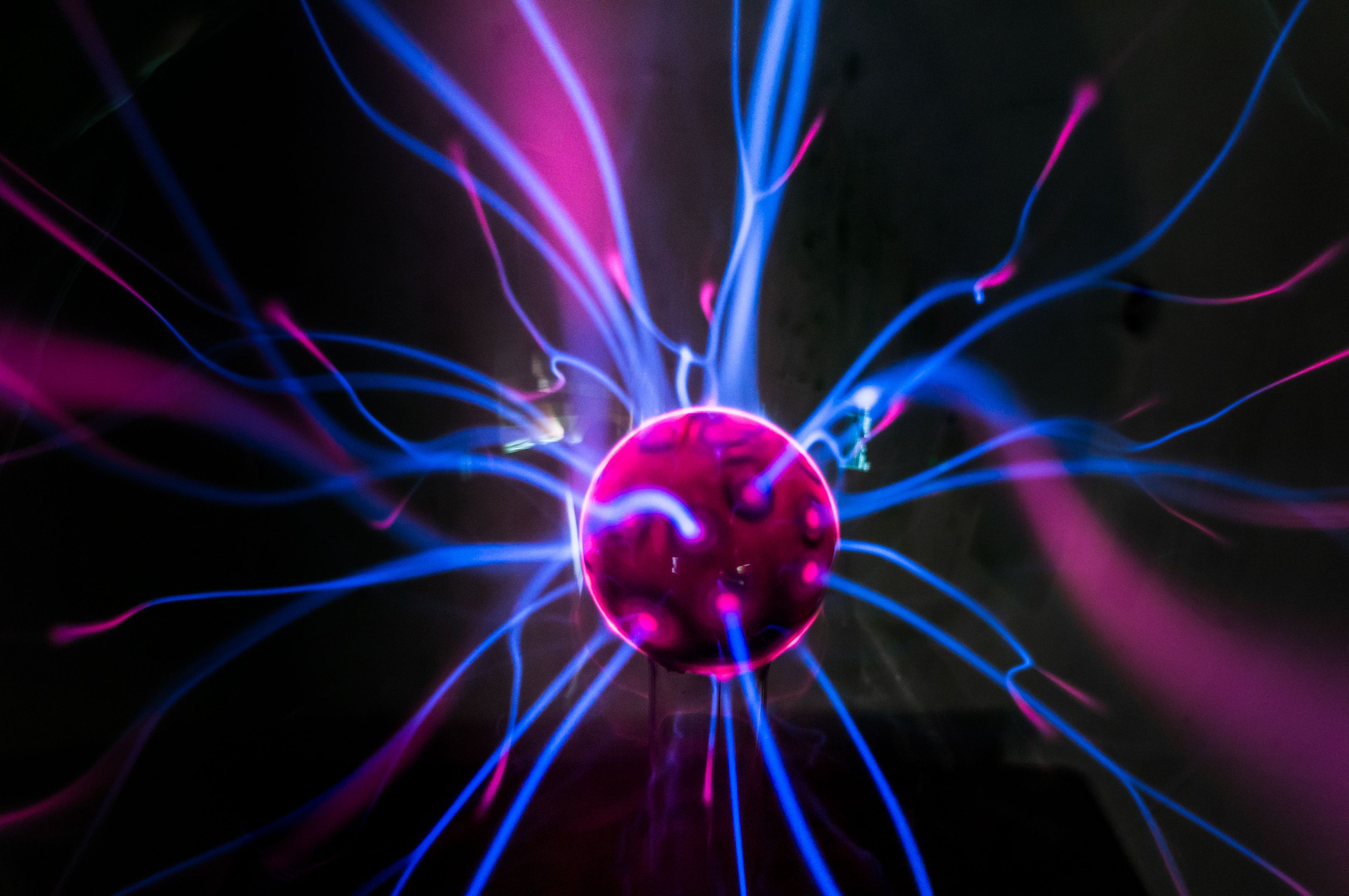Testing Aluminum Nitride Plasma Using Lasers in Vacuum Setting
To understand the physicochemical processes that occur during plasma expansion, scientists experimented on aluminum nitride (AlN) plasma using optical emission spectroscopy (OES) and published their work in the Journal of Analytical Atomic Spectrometry (1).
Plasma ball with magenta-blue | Image Credit: © Ruslan Gilmanshin - stock.adobe.com

The research was specifically done on laser-induced plasma from an AIN target into a vacuum and nitrogen ambience. The investigation was specifically handled via time-integrated and time-resolved optical OES, with a Q-switched Nd-YAG laser used to created AlN plasma at different laser fluences from 7–31 J cm-2. The recorded emission spectra were dominated by neutral and ionized aluminum emission lines from different species of aluminum, while atomic nitrogen species emissions were weakly observed. The time of flight of Al+ species in a vacuum “shows evolution from a single component to double components and back to a single component with increasing laser fluence,” according to the scientists (1). At higher fluences, a plateau was observed for Al2+ expansion velocities.
To study both the effects of nitrogen gas pressure and laser fluence on plasma composition, the researchers employed space-and-time-resolved emission of AlN plasma species. At 1.5 mbar N2 pressure, the time of flight of species showed evolution of different components, specifically triple components for Al and Al+ and double components for Al2+ and N, N+ and N2+ species. Following this were the kinetics of the N, N+ and N2+ species.
Reference
(1) Tekili, A.; Abdelli-Messaci, S.; Kaloune, S.; Dekhira, A.; Lagane, S. Investigation of AlN plasma induced by a laser into a vacuum and nitrogen ambience. J. Anal. At. Spectrom. 2023, 38, 2167–2178. DOI: https://doi.org/10.1039/D3JA00144J
LIBS System Built on Microjoule High PRF Laser Identifies Aluminum Alloys for Recycling Potential
January 2nd 2024Differing grades of aluminum alloys have large differences in their composition, especially when it comes to trace elements, emphasizing the need for them to be evaluated for means of production, use, and recycling.